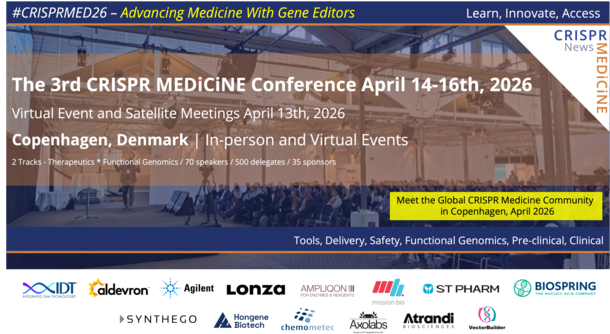T-cell acute lymphoblastic leukaemia (T-ALL) is a type of acute leukaemia meaning that it is aggressive and progresses quickly. It affects the lymphoid-cell-producing stem cells, in particular a type of white blood cell called T lymphocytes, as opposed to acute lymphoblastic leukaemia (ALL), which commonly affects B lymphocytes. A lymphoid stem cell becomes a lymphoblast cell and then one of three types of lymphocytes (white blood cells):
- B lymphocytes that make antibodies to help fight infection.
- T lymphocytes that help B lymphocytes make the antibodies that help fight infection.
- Natural killer cells that attack cancer cells and viruses.
The most common signs and symptoms of T-ALL are caused by the bone marrow being unable to produce enough normal blood cells. T-ALL often causes swollen lymph nodes in the middle part of the chest (mediastinum), which may affect breathing or the circulation. The results of a simple blood count will usually indicate leukaemia although, rarely, a blood count may be normal. Virtually all patients with T-ALL will have bone marrow samples taken to confirm the diagnosis and to help determine exactly what type of leukaemia a patient has.
The main ways in which leukaemia is treated are:
- Chemotherapy: Cell-killing drugs. Steroids are normally used along with chemotherapy for T-ALL.
- Radiation therap: Usually only given in conjunction with a stem cell transplant in T-ALL.
- Stem cell transplant: Younger/fitter patients may be given a stem cell transplant (bone marrow transplant). This is done using healthy stem cells from a donor. This is also done for T-ALL if chemotherapy does not cure the disease.
Lymphoma is a type of blood cancer that develops when white blood cells called lymphocytes grow out of control. Lymphocytes are part of our immune system. They travel around our body in our lymphatic system, helping us fight infections. There are two types of lymphocyte: T lymphocytes (T cells) and B lymphocytes (B cells).
Lymphomas can be grouped as Hodgkin lymphomas or non-Hodgkin lymphomas, depending on the types of cell they contain. T-cell lymphomas are non-Hodgkin lymphomas that develop from T lymphocytes.
Most T-cell lymphomas develop from mature T cells. They usually affect older adults, typically people in their mid-60s. They are more common in men than in women. Occasionally, T-cell lymphoma can develop from immature T cells. This is known as T-cell lymphoblastic lymphoma. It tends to affect children and young adults.
In most cases, it is not known what causes T-cell lymphomas. In a few types of T-cell lymphoma, research has shown that certain viral infections or medical conditions can increase the risk of developing lymphoma.
Human T-lymphotropic virus type 1 (HTLV-1) is linked with development of adult T-cell leukaemia/lymphoma (ATL).
Past infection with Epstein-Barr virus (EBV) is linked to the development of a range of lymphomas, including angioimmunoblastic T-cell lymphoma (AITL).
Enteropathy-associated T-cell lymphoma (EATL) is linked with coeliac disease.
Relapsed refers to when a patient has received active treatment, went off treatment and then the disease came back, whereas refractory refers to disease that is progressing despite active treatment.
